As we age, our ear, nose, and throat (ENT) health requires more attention. Here’s what seniors can expect from comprehensive ENT care:

Common ENT Issues in Seniors
Hearing Loss
Age-related hearing loss (presbycusis) is common among seniors. It often starts gradually and may affect both ears. Symptoms include difficulty hearing conversations, especially in noisy environments, needing to increase the volume on electronic devices, and frequently asking others to repeat themselves.
Tinnitus
Seniors may experience ringing or buzzing in the ears, known as tinnitus. This condition can be constant or intermittent and can affect one or both ears. Tinnitus can be caused by prolonged exposure to loud sounds, age-related hearing loss, earwax blockage, or underlying health conditions.
Balance Disorders
Balance issues are prevalent in seniors due to inner ear problems, leading to dizziness and an increased risk of falls. Conditions such as benign paroxysmal positional vertigo (BPPV), Meniere’s disease, and vestibular neuritis are common causes.
Chronic Sinusitis
Older adults often experience persistent sinus infections due to age-related changes in the nasal passages and a weakened immune system. Symptoms include nasal congestion, facial pain or pressure, reduced sense of smell, and nasal discharge.
Voice Changes
Aging can affect the vocal cords, leading to a hoarse or weak voice. This condition, known as presbyphonia, results from the thinning and weakening of the vocal cords over time.
Diagnosis and Treatment
Hearing Tests
ENT specialists perform hearing tests to diagnose hearing loss and recommend hearing aids or other assistive devices. Audiometry tests measure the range and sensitivity of your hearing.
Tinnitus Management
Treatment options for tinnitus include sound therapy, cognitive behavioral therapy, and medications to reduce symptoms. Hearing aids can also help mask tinnitus.
 Balance Assessment
Balance Assessment
Balance disorders are diagnosed through tests like videonystagmography (VNG) and vestibular evoked myogenic potentials (VEMP). Treatments may include vestibular rehabilitation therapy, which involves exercises to improve balance and reduce dizziness.
Sinus Treatment
For chronic sinusitis, ENT specialists may recommend medications such as nasal corticosteroids, saline nasal irrigation, or antibiotics. In severe cases, sinus surgery may be necessary to clear blocked sinuses.
Voice Therapy
Voice therapy with a speech-language pathologist can help seniors manage presbyphonia and improve vocal strength. Exercises may focus on breath control, pitch, volume, and endurance.
Preventive Measures
Regular Check-Ups
Routine ENT check-ups help detect and manage conditions early, preventing complications. Regular screenings can identify issues like hearing loss, balance disorders, and chronic sinusitis before they worsen.
Protecting Hearing
Seniors should avoid loud noises and use hearing protection to prevent further hearing loss. Using earplugs or noise-canceling headphones in noisy environments is crucial.
Hydration
Staying hydrated helps maintain mucous membrane health, reducing the risk of sinus and throat infections. Drinking plenty of fluids is essential for overall health and well-being.
Healthy Diet
A balanced diet supports overall health and immune function, which can help prevent ENT issues. Foods rich in vitamins and minerals, such as fruits, vegetables, lean proteins, and whole grains, are beneficial.
ENT Care for Seniors: Conclusion
ENT care is essential for seniors to maintain their quality of life and address common issues related to aging. Regular check-ups, early diagnosis, and appropriate treatments can significantly improve their well-being. By following preventive measures and seeking timely medical care, seniors can effectively manage ENT problems and enjoy a better quality of life.
For expert ENT care tailored to seniors, contact Dr. Michael Burnett at Ear, Nose & Throat of New York. Our dedicated team is here to provide comprehensive care for older adults.
Michael Burnett, MD
115 East 57th Street Suite 600
New York, NY 10022
212-867-4813

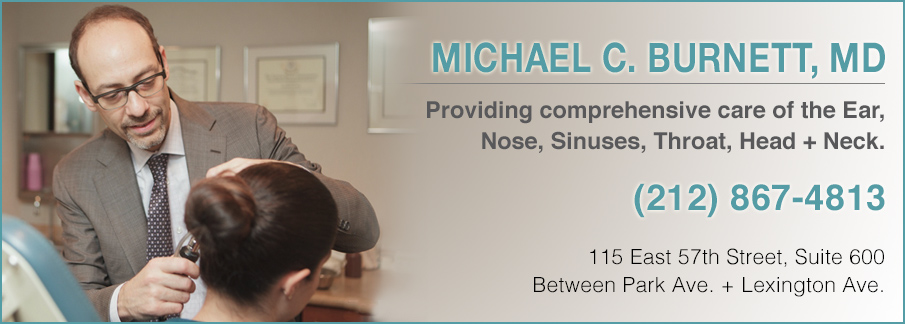
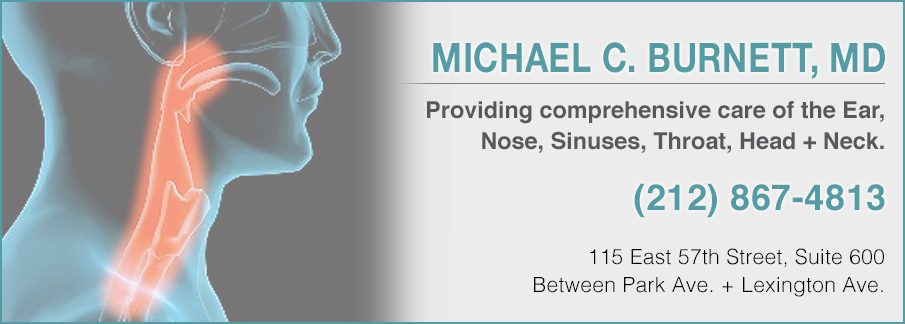
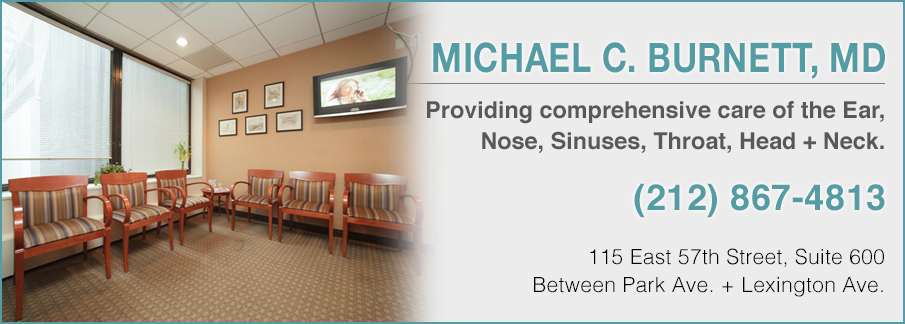
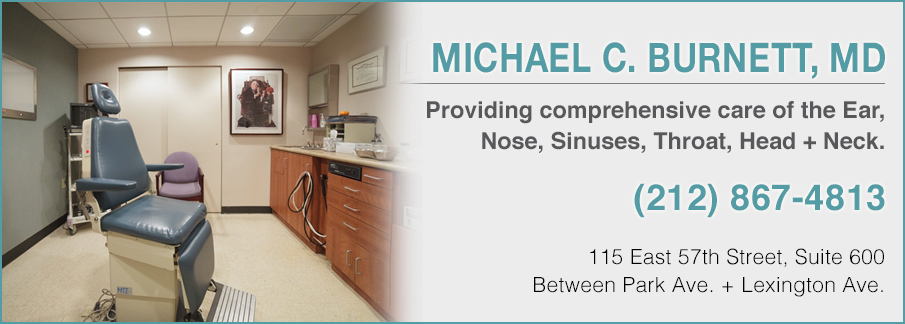
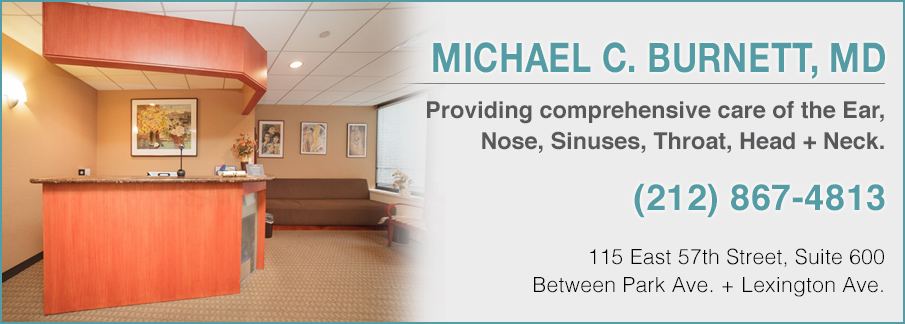



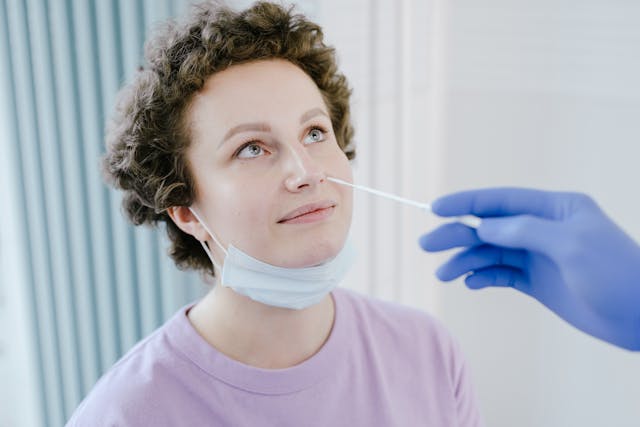
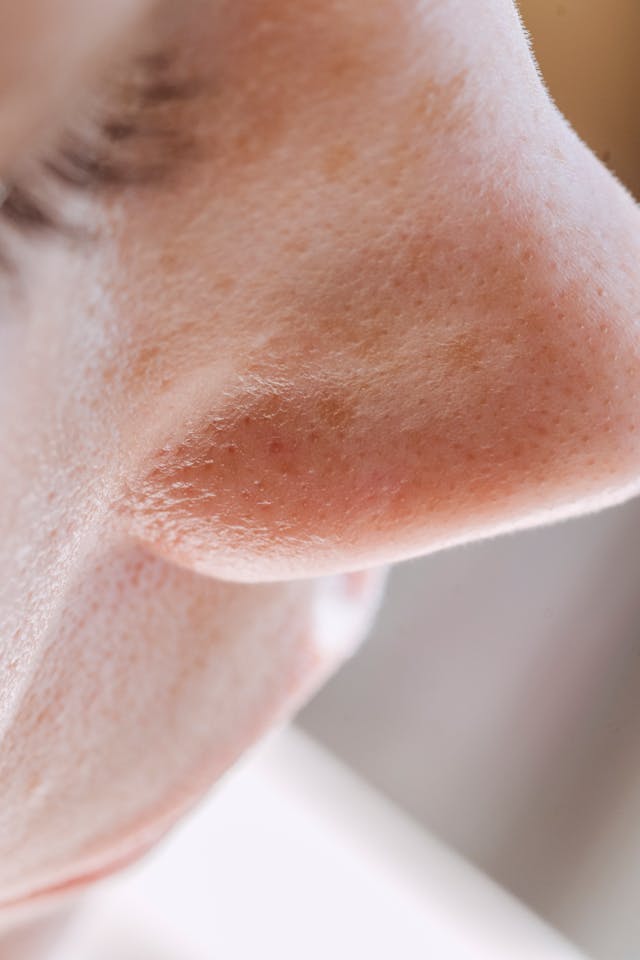 You may be a candidate for nasal polyp removal surgery if:
You may be a candidate for nasal polyp removal surgery if: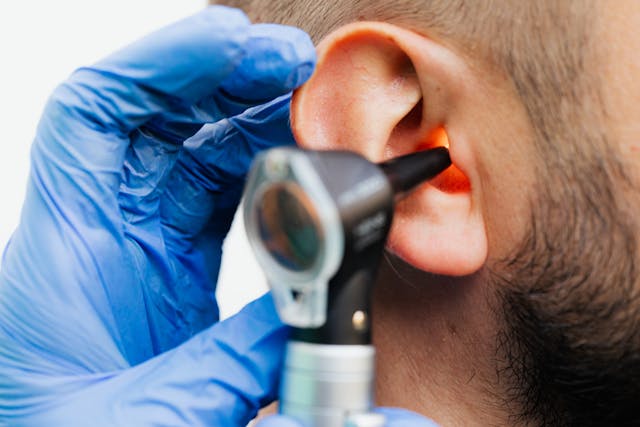
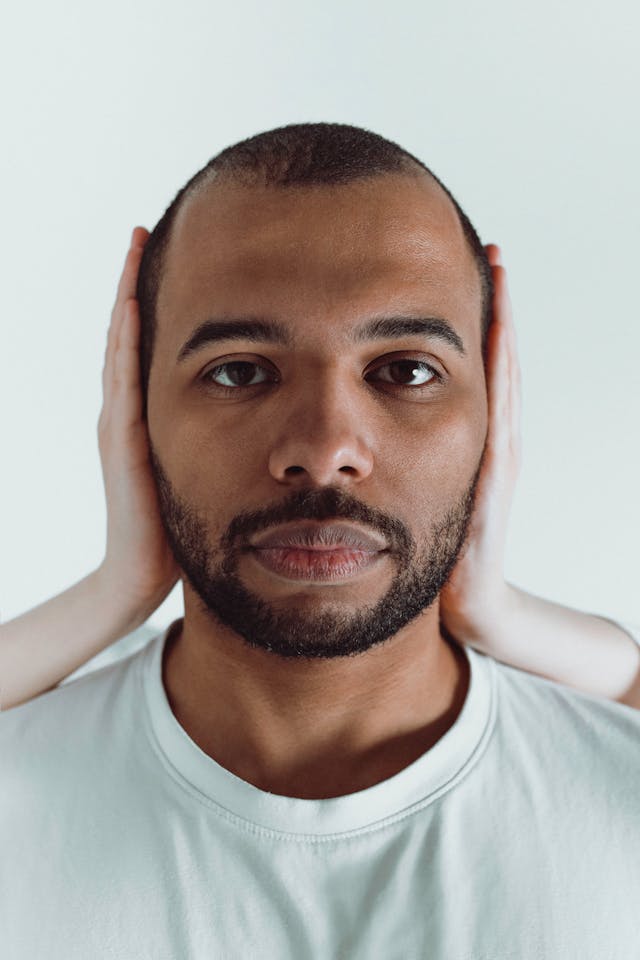 You should consider seeing an ENT specialist if you experience any of the following:
You should consider seeing an ENT specialist if you experience any of the following:
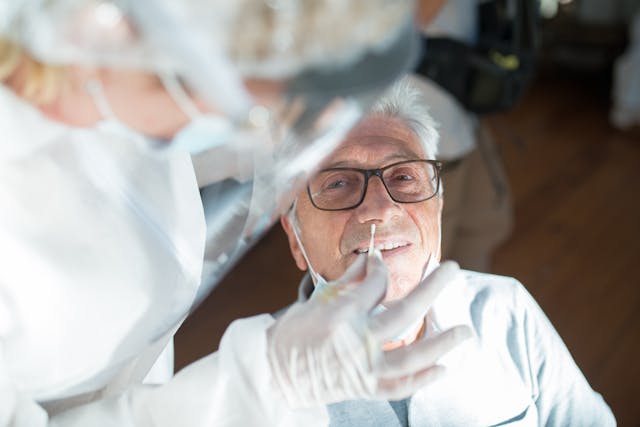
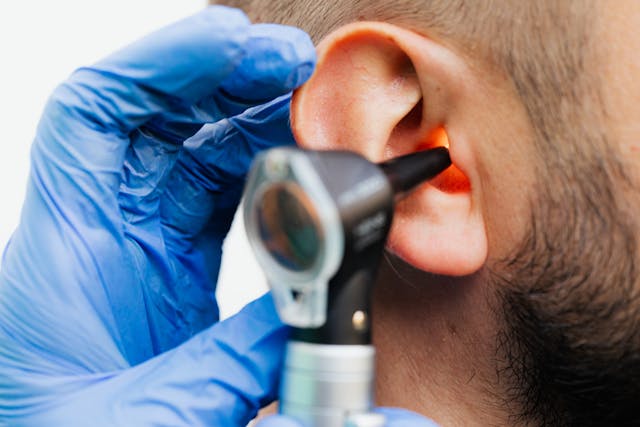

 Balance Assessment
Balance Assessment